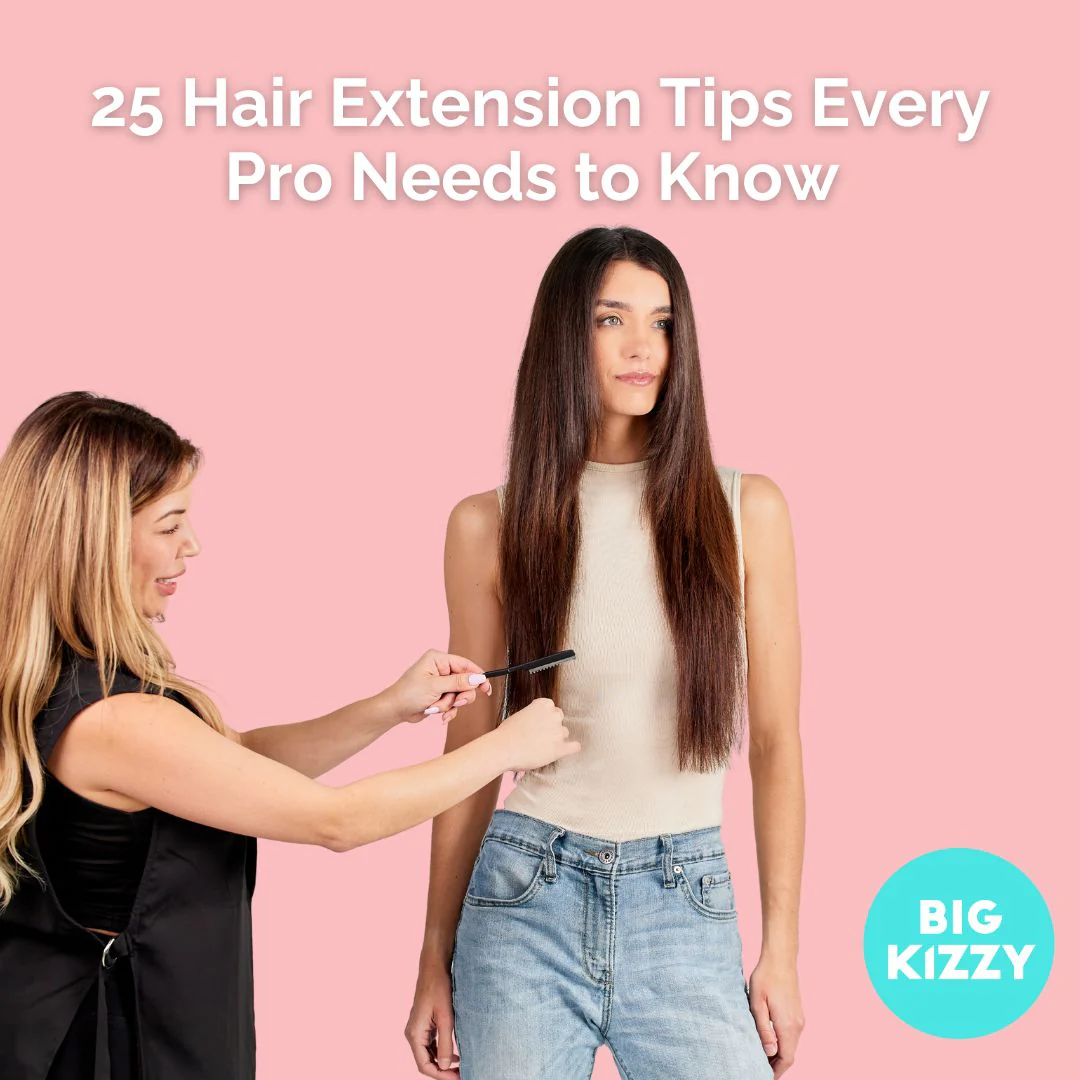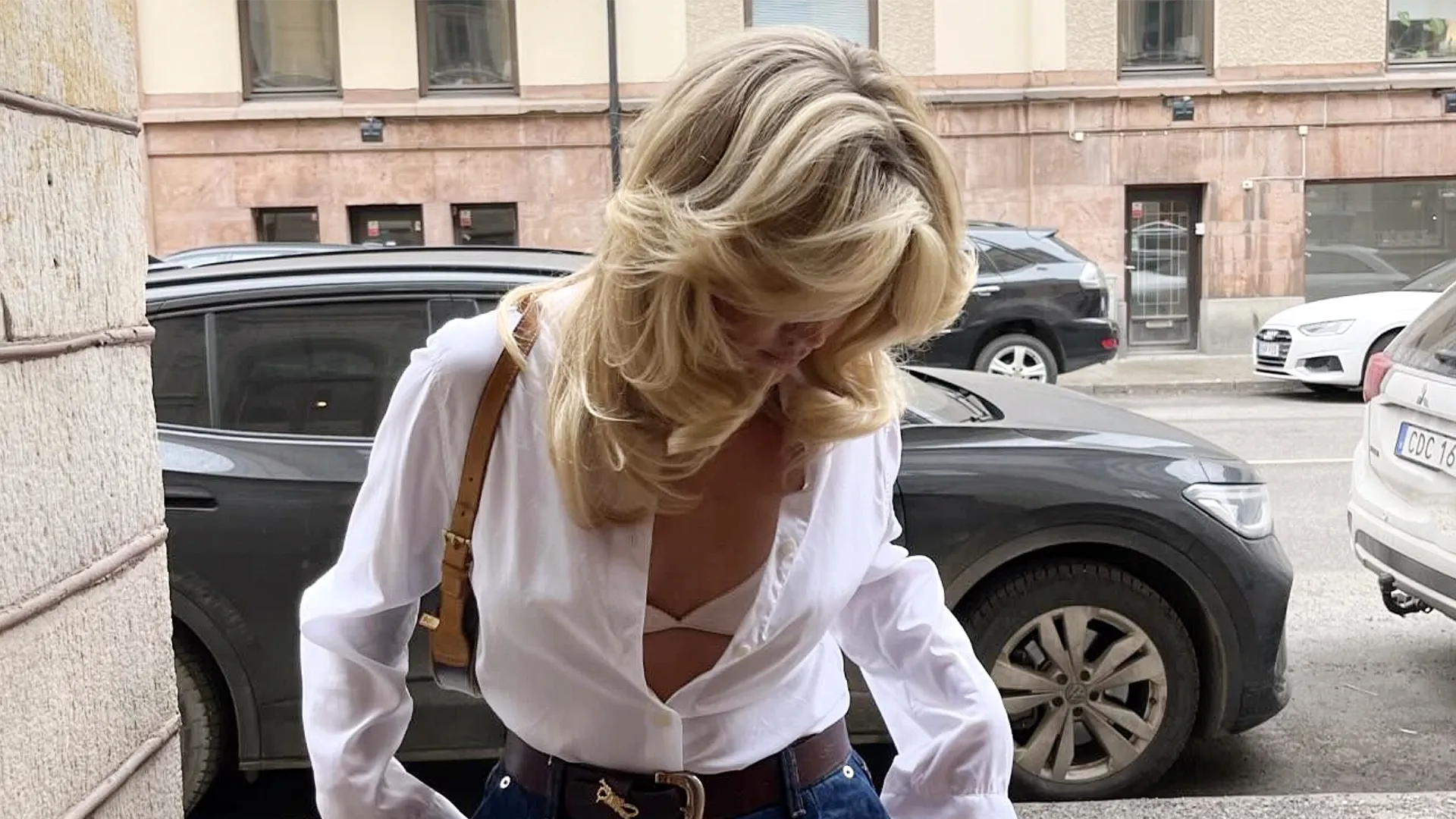How Hair Extensions Are Made: A Deep Dive into Quality Craftsmanship
Hair extensions come in many forms—clip-ins, bonds, fusion, and weaves—each crafted through specific techniques to deliver natural, long-lasting results. Here’s how they’re made:
✂️ Clip-In Extensions
These quick-fix extensions attach via small clips and are available in both human and synthetic hair.
-
Pros: Instant transformation in 5–7 minutes, no damage to natural hair.
-
Cons: Must be removed before sleeping or swimming—repeated use can cause minor tangling or breakage.
🔗 Bonded & Fusion Extensions
These semi-permanent styles use keratin or metal rings to attach hair wefts:
-
Bonding: Wefts glued on—fast to apply but less durable.
-
Fusion: Uses heat and keratin wax—can be washed and styled easily.
Note: Cold fusion (no heat) is ideal for preserving hair health.
🧵 Weaving Method
Natural hair is braided into cornrows, and wefts are sewn in the braid with thread.
-
Pros: Long-lasting, low maintenance, gentle on hair.
-
Cons: Installation is time-consuming and can feel heavy.
Why It Matters for You
-
Human hair vs. Synthetic Hair: Human hair offers natural shine and durability—but often at a higher price. Synthetic fibers are more budget-friendly but may lack heat styling flexibility.
-
Protect Your Investment: Proper attachment methods (like fusion and weaves) and aftercare (gentle combing, alcohol-free products) extend the life of your extensions.
-
Choose the Right Type: Whether you want quick-change styles (clip-ins) or longer-lasting solutions (fusion/weave), select extensions that align with your lifestyle and budget.



